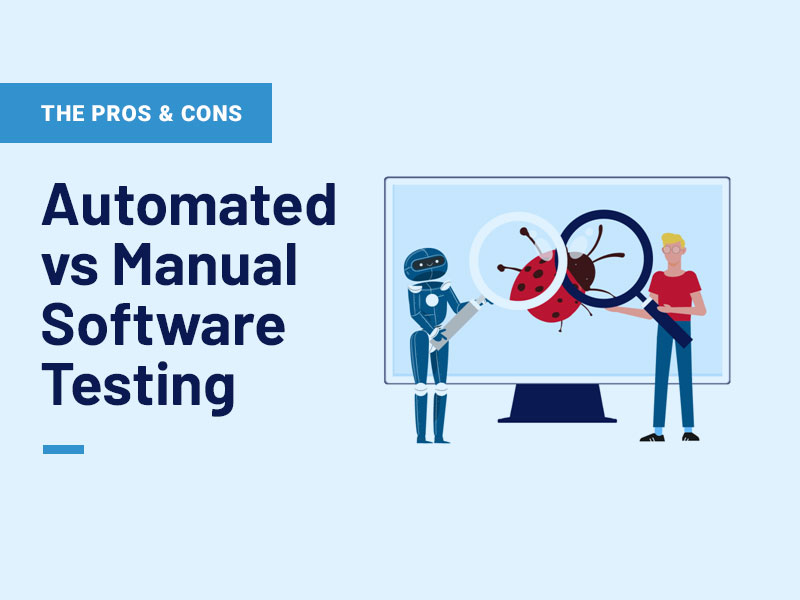Embedded software development services are an activity in which a customer and a contract developer are involved. The customer is interested in making a profit from the development result through further sales of the product, the contract developer is interested in making a profit from the volume of work performed on the project.
A bit of theory
The subject of contract development can be a product (electronic device) or its component (hardware, software, housing). The result of the work performed by contract developers is a product prototype or its component parts, which must be accompanied by design documentation for their further production. Any stage or part of the work performed must be transferred to the customer in such a form that further work can be continued without the participation of an involved contract developer. Effective parts sourcing is a critical aspect of this process. You can learn more about this at https://diceus.com/services/custom-software-development/.
Differences from other business models
It should be understood that the services of an independent contract developer and contract development services from a manufacturing company are completely different approaches.
In the first case, an independent development company builds its business solely on the provision of its services and earns only on technical consulting and development work. This pushes it towards continuous development of the knowledge base, professional development of specialists and their specialization, improvement of business processes, reduction of costs at the development stages and reduction of development time. Having put himself in such a framework, an independent electronics developer is forced to always be at the cutting edge of technology and this is his main advantage.
A minor disadvantage of this model, in comparison with the manufacturer, is the lack of its own production and the presence of additional risks in terms of the production of prototypes.
For the product manufacturer, the clear benefits of this model are:
- The ability to create a complex electronic device without the cost of maintaining and managing your own staff of qualified specialists.
- The ability to quickly and with little financial investment carries out separate stages of development, for example, creating a concept, testing the feasibility of an idea, and more.
- The ability to obtain an independent vision of the technical implementation of a new device, which is especially important when assessing the feasibility of developing an embedded system with stringent technical requirements, when in-house developers talk about the impossibility of performing such a task.
In the second case, a large manufacturing company that sells services to load idle specialists cannot be a full-fledged competitor for a contract developer, although it does have some advantages. These advantages can be: first, the presence of its own production base, which can accelerate the preparation of prototypes and even be acceptable for small-scale production; second, in view of the fact that the income of such companies is formed by production, they can afford to work as a developer at a loss. But this is where the advantages end and the disadvantages begin:
- Development times are unpredictable due to the allocation of a limited resource and the unpreparedness of business processes for strict development management.
- Developers at these companies like to use old practices and platforms where it is inappropriate.
- Most of the developers in such companies are forced to support production and their development slows down.
- The specialization of the company’s developers on projects related to the main topics of the company’s business does not give them the opportunity to create successful products for other industries.
- Development is created for production in-house, this may not suit the client, especially in the case of large-scale production.
Short summary
Thus, when choosing a contract developer, it is important to consider all factors and select the optimal contractor. It is important that you like the artist’s case studies.







